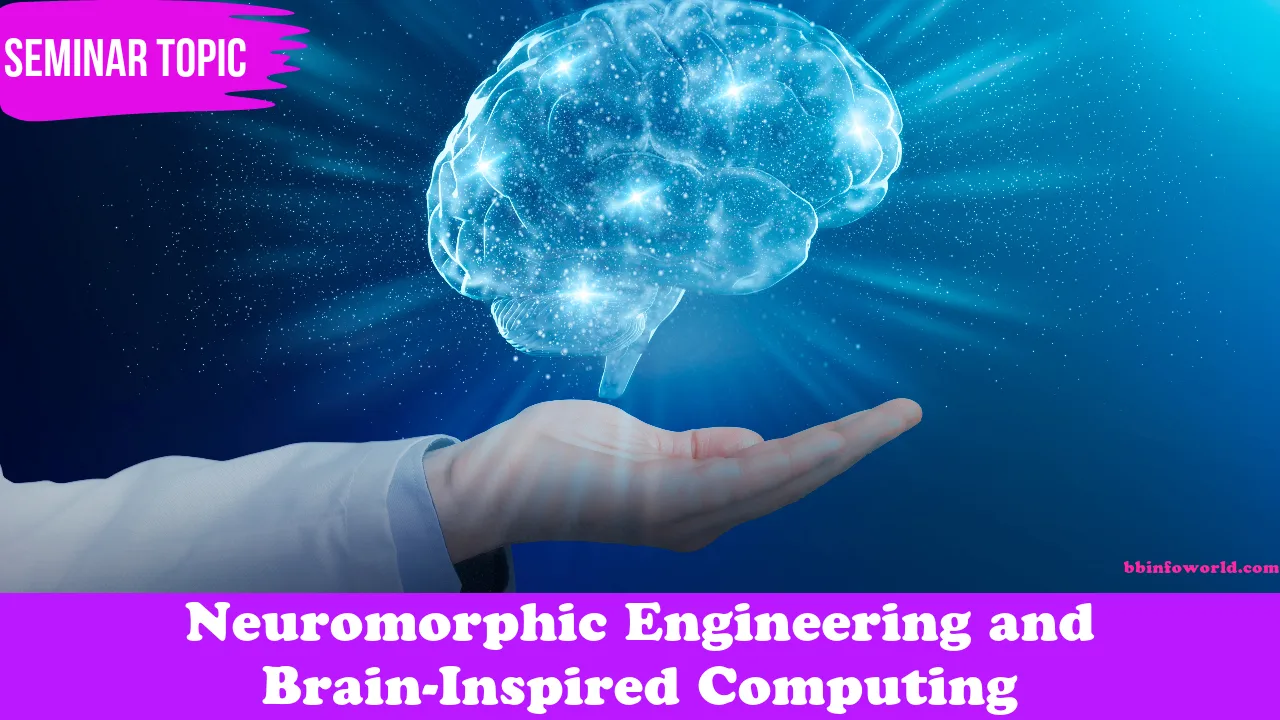
Neuromorphic Engineering and Brain-Inspired Computing
Investigate the development of computer systems and circuits that mimic the structure and functionality of the human brain, leading to energy-efficient and highly parallel computing.
Neuromorphic Engineering and Brain-Inspired Computing:
Neuromorphic engineering is an interdisciplinary field that seeks to design computer systems and circuits that replicate the principles and functionalities of the human brain. This approach is inspired by the idea that the brain’s architecture and computational mechanisms can lead to more efficient and powerful computing systems. The goal of neuromorphic engineering is to create brain-like computational models that can process information in ways similar to the human brain, enabling energy-efficient and highly parallel computing.
Understanding Neuromorphic Engineering:
- Mimicking Neural Networks: The human brain is composed of billions of neurons interconnected through synapses. Neuromorphic engineers aim to replicate these neural networks by designing artificial neurons and synapses that can communicate and process information.
- Spiking Neural Networks (SNNs): Unlike traditional computing, where information flows through circuits continuously, SNNs simulate the discrete spiking behavior of neurons. Neurons “fire” in response to incoming signals, leading to event-based processing and efficient energy usage.
- Parallelism and Efficiency: The brain is incredibly efficient at processing information and performing complex tasks while consuming minimal energy. Neuromorphic systems leverage parallelism and low-power design to achieve similar energy efficiency.
Key Components of Neuromorphic Systems:
- Neuromorphic Chips: These are specialized hardware components designed to emulate the behavior of neurons and synapses. Neuromorphic chips consist of arrays of artificial neurons and synapses that can be programmed to replicate specific neural behaviors.
- Synaptic Plasticity: In the brain, synapses change their strength based on the patterns of neural activity. Neuromorphic systems implement synaptic plasticity algorithms to enable learning and adaptation, allowing the system to improve its performance over time.
- Neural Models and Algorithms: Neuromorphic engineering involves developing mathematical models and algorithms that capture the behavior of neural networks. These models guide the design of artificial neurons and synapses.
Applications of Neuromorphic Engineering:
- Cognitive Computing: Neuromorphic systems can be used for cognitive tasks such as pattern recognition, image and speech processing, and natural language understanding. They excel at tasks requiring real-time processing and adaptation.
- Robotics and Autonomous Systems: Neuromorphic engineering contributes to the development of robotic systems that can navigate and interact with their environment more intelligently, mimicking the brain’s ability to process sensory inputs and make decisions.
- Brain-Machine Interfaces (BMIs): BMIs connect the brain directly to external devices, enabling control and communication between the brain and machines. Neuromorphic systems can enhance the efficiency and accuracy of BMIs.
Challenges and Future Directions:
- Complexity: Designing neuromorphic systems that accurately replicate the brain’s complexity is a significant challenge. The brain’s functionality involves intricate interactions between neurons, synapses, and various neural circuits.
- Hardware Limitations: Developing hardware that efficiently replicates neural behavior while maintaining low power consumption requires innovative chip design and fabrication techniques.
- Algorithm Development: Creating algorithms that can learn and adapt in real-time, similar to the brain, is an ongoing area of research.
Conclusion:
Neuromorphic engineering and brain-inspired computing represent a revolutionary approach to computing that aims to unlock energy-efficient and highly parallel processing capabilities. By mimicking the structure and functionality of the human brain, researchers and engineers are paving the way for advanced cognitive computing, robotics, and brain-machine interfaces that could shape the future of technology and artificial intelligence.



